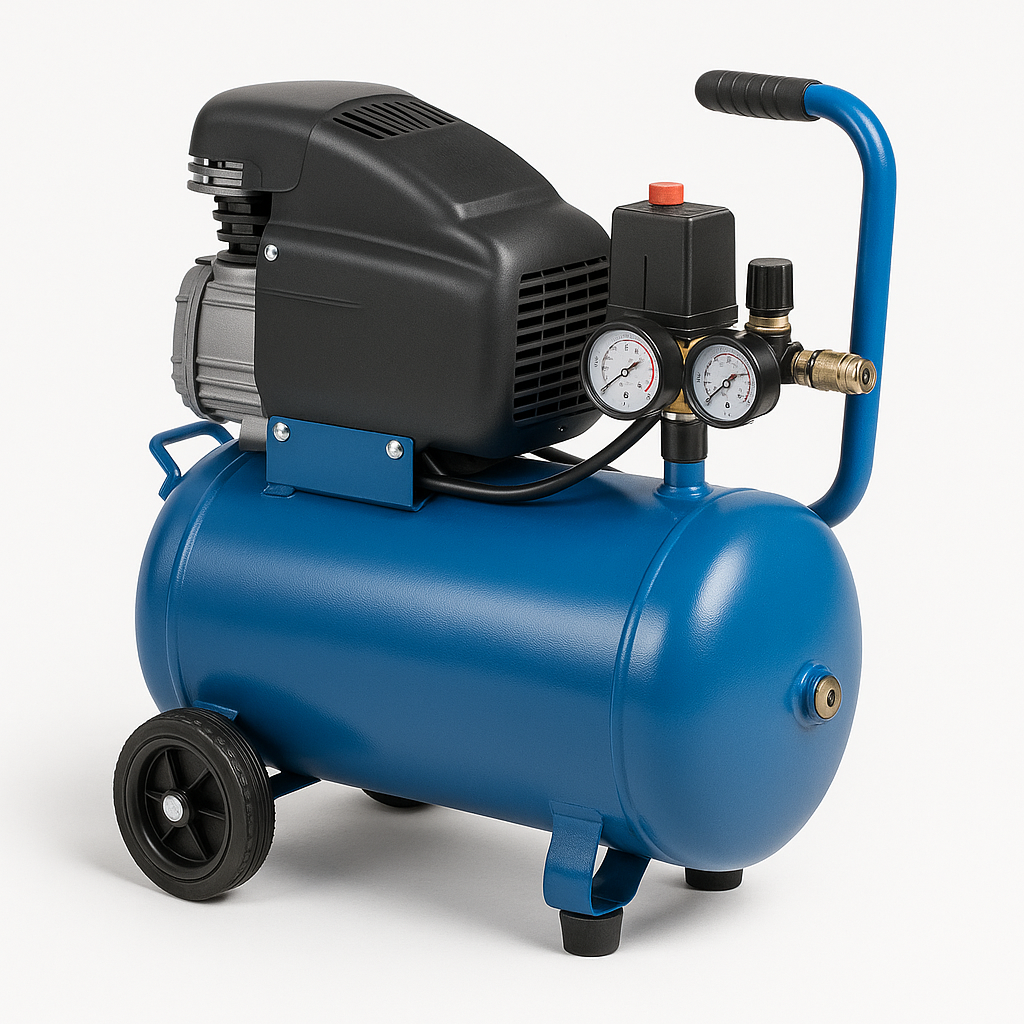11 Methods To Refresh Your Long-Neck Sander Test
페이지 정보

본문
Understanding the Long-Neck Sander Test: An Overview for Professionals
The long-neck sander Akku Schlagschrauber Für Kfz Mit Hohem Drehmoment Test is a vital assessment in different construction and painting projects, mostly focusing on accomplishing smooth surfaces on large surface areas. This blog post aims to inform specialists about the specifics of the long-neck sander test, its importance, method, and how it improves work quality in various trades. We'll cover whatever from common FAQs to particular details in tabular form, making sure an extensive understanding.
What is a Long-Neck Sander?
A long-neck sander, likewise referred to as an extended reach sander, is a tool designed for sanding big surfaces-- particularly ceilings or trockenbauschleifer mit staubsauger set gün tall walls-- that would otherwise be challenging to reach with standard sanders. The style typically includes a long handle connected to a sanding head, allowing users to accomplish a smooth finish without the requirement for scaffolding or ladders.

| Type of Long-Neck Sanders | Description | Finest Use Case |
|---|---|---|
| Pneumatic Sanders | Air-powered, light-weight | Industrial and automotive applications |
| Electric Sanders | Corded or cordless | Residential paint and drywall ending up |
| Handbook Sanders | Hand-held however extended | Touch-ups and detail work |
Value of the Long-Neck Sander Test
The long-neck sander test serves numerous functions, including:
Surface Quality Assurance: Ensuring that a surface is consistent and totally free of imperfections might prevent issues in subsequent work stages, such as painting or sealing.
Operational Efficiency: By assessing the effectiveness of a long-neck sander, specialists can recognize the ideal technique and methods that will conserve time and resources.
Safety Assurance: Reducing the requirement for scaffolding or extensive ladder work decreases fall risks, thus promoting a more secure workplace.
Method of the Long-Neck Sander Test
Conducting a long-neck sander Langhalsschleifer Test includes several steps that make sure both quality and performance.
Preparation:
- Obtain the required tools: long-neck sander, sandpaper of numerous grits, dust mask, security goggles.
- Guarantee the workspace is clear of particles.
Test Surface Selection:
- Choose an area of the product you prepare to sand. This might be drywall, wood, or other surfaces.
Sanding Technique Assessment:
- Evaluate the various sanding methods such as orbital, direct, and cross-sanding.
- Winkelschleifer Test various grits to identify ideal results for the product.
Observation and Measurement:
- Visually inspect for scratches, disproportion, or any indications of imperfection.
- Use sanders with requirements that permit measurement for precise results.
Documents:
- Record findings, including surface area condition before and after sanding.
- Note any problems encountered and potential resolutions.
Common Issues and Solutions
Throughout the long-neck sander testing procedure, many problems can arise. Here's a table summarizing the typical issues and their services:
| Issue | Possible Cause | Option |
|---|---|---|
| Uneven surface area after sanding | Inaccurate sanding technique | Change strategy, try different angles |
| Extreme dust build-up | Poor vacuum attachment | Make sure correct vacuum connection |
| Gouged surface | Too coarse sandpaper | Start with finer grit sandpaper |
| Maker getting too hot | Extended usage or incorrect upkeep | Allow a cooling period and check motor performance |
Frequently asked questions About the Long-Neck Sander Test
1. What types of surfaces can a long-neck sander be utilized on?
Long-neck sanders are perfect for drywall, plaster, wood, and some concrete surfaces. Each surface area may need specific sanding pads or techniques.
2. How do I understand which grit sandpaper to use?
Picking the best grit involves starting with a coarser grit for heavy product elimination, then moving towards finer grits for smoothing out the surface area.
3. Is a long-neck sander necessary for small jobs?
While valuable for large locations, for small tasks or information, a manual sander may be enough. Nevertheless, utilizing a long-neck sander typically supplies a more uniform surface.
4. Are there any security issues associated with using a long-neck sander?
Yes, it is crucial to use security goggles and a dust mask to avoid inhaling dust and avoid eye irritation. In addition, guarantee appropriate body posture to avoid strain.
5. How frequently should the sandpaper be changed?
The frequency of sandpaper replacement varies depending on the material being dealt with and the depth of sanding. Generally, once the sandpaper appears stopped up or inefficient, it must be altered.
The long-neck sander test is an essential process in many building and finishing applications, guaranteeing high standards of quality and safety. By comprehending the numerous methodologies, possible concerns, and FAQs surrounding this tool, specialists in the field can boost their workflow and provide remarkable results consistently.
Investing time in mastering long-neck sander strategies will not just improve surface finishes but also add to a more effective and much safer work environment. Whether working on large-scale business jobs or smaller sized residential ones, the tools and Bandschleifer Kaufen knowledge stemmed from the long-neck sander test are indispensable assets.
- 이전글Everything You Need To Be Aware Of Chainsaw 45 Cm Bar Length 25.11.12
- 다음글Five Killer Quora Answers To Ford Mondeo Key Replacement 25.11.12
댓글목록
등록된 댓글이 없습니다.
